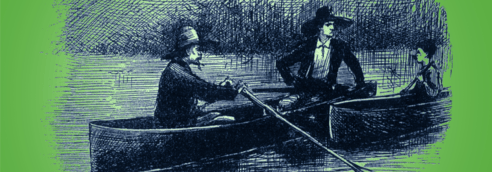Lesson Overview
In this lesson, students will begin reading act 1 of Arthur Miller’s The Crucible. After warming up with an anticipation guide, they will consider why the play is titled The Crucible and make predictions about the plot. Then students will learn about the key components of a Greek tragedy and explain how these relate to the meaning of Miller’s play. As they read act 1, students will identify the backstories of key characters and infer their personality traits and motivations. This knowledge will lead students toward activities and discussions that will help them understand how The Crucible grapples with the principle that “all men are created equal” outlined in the Declaration of Independence.

